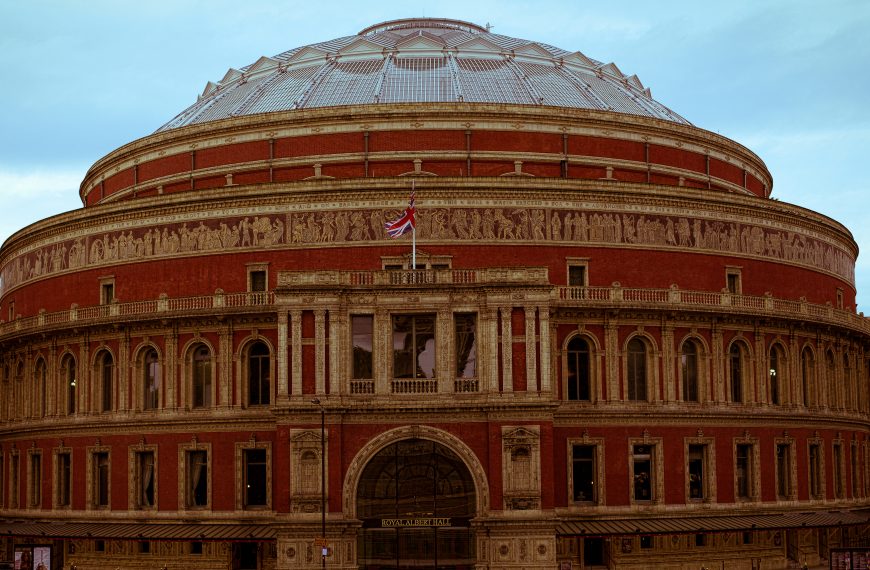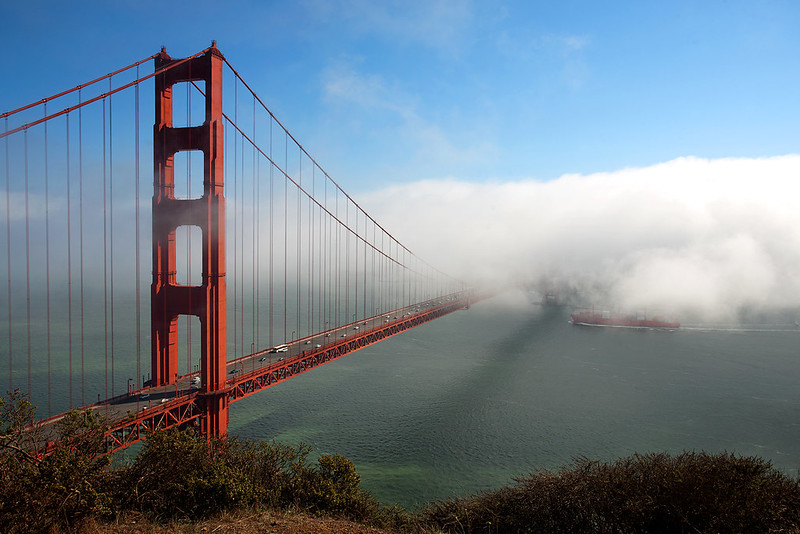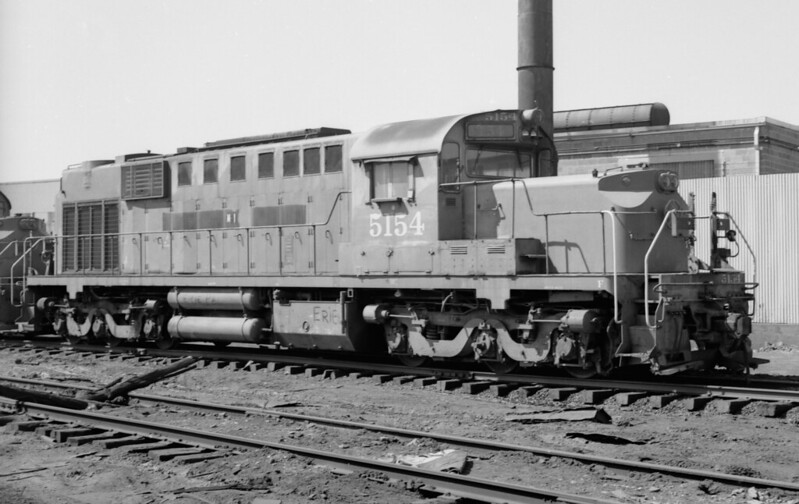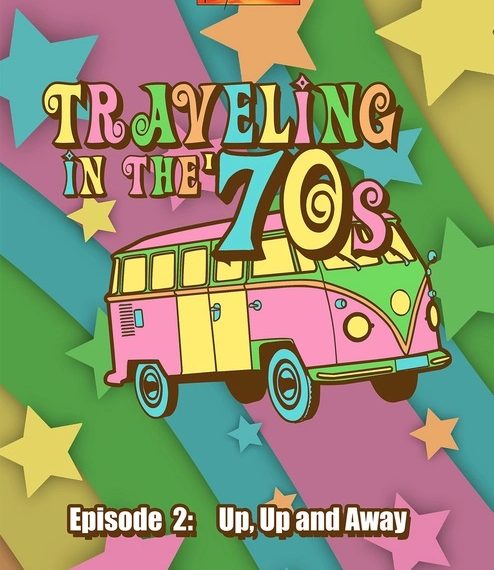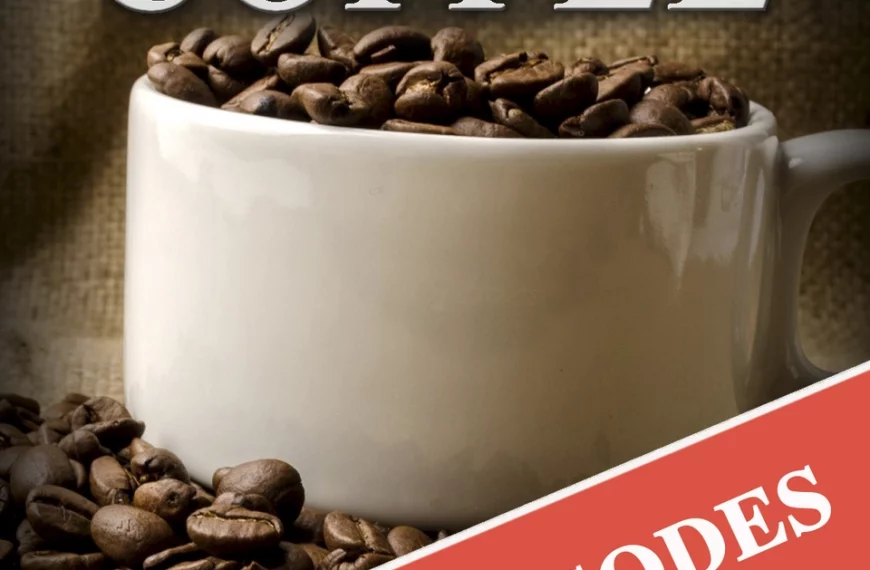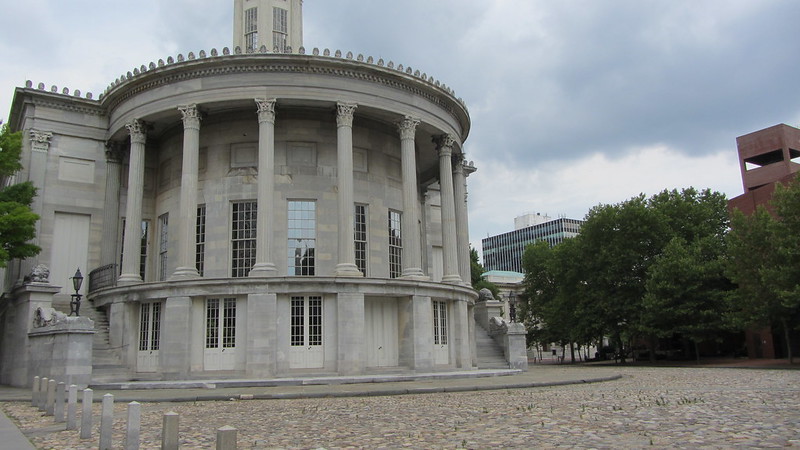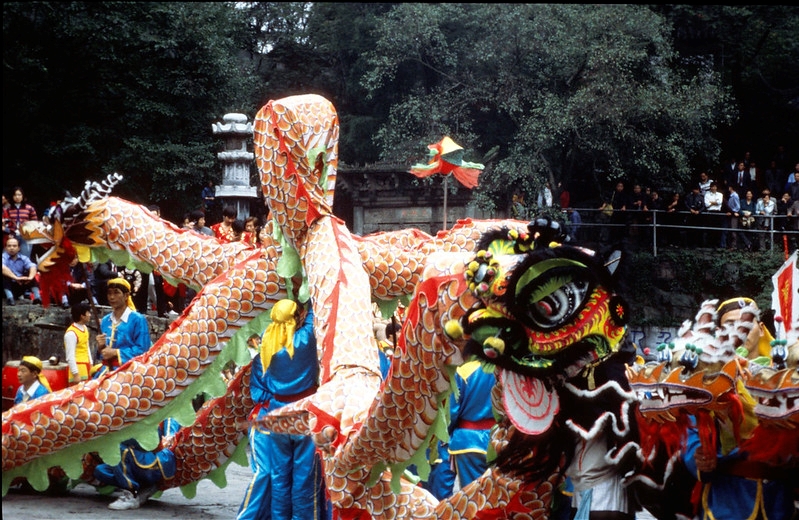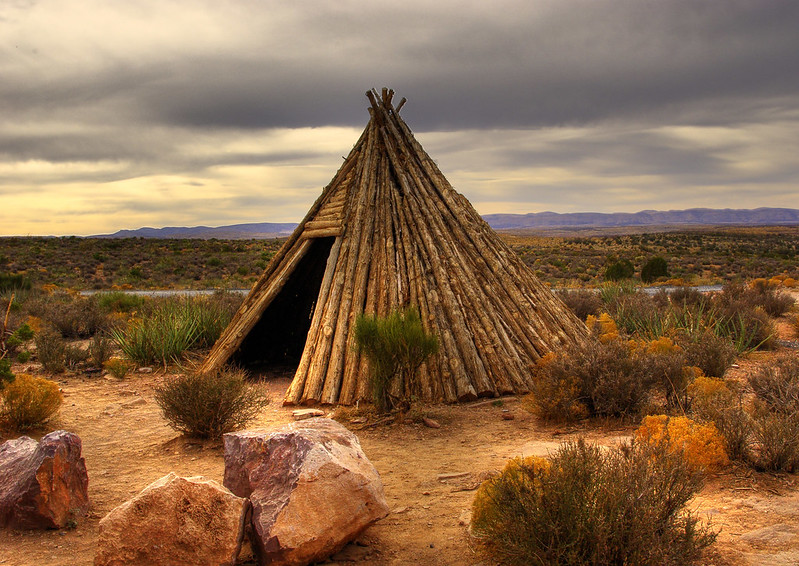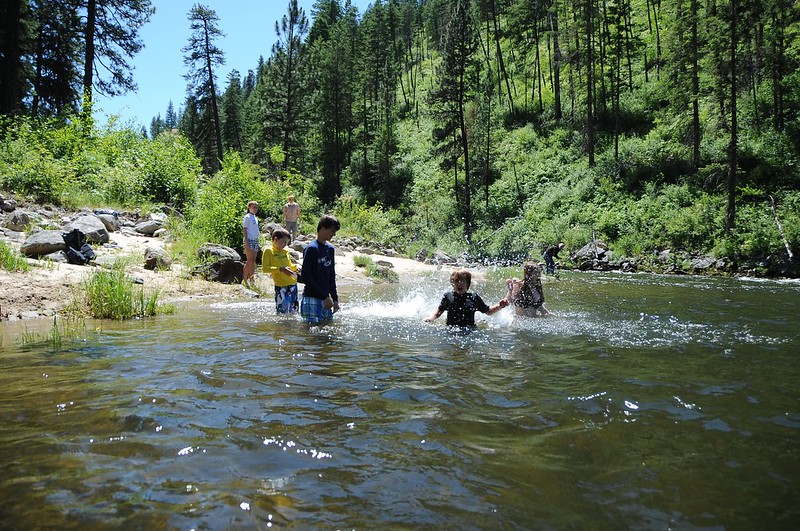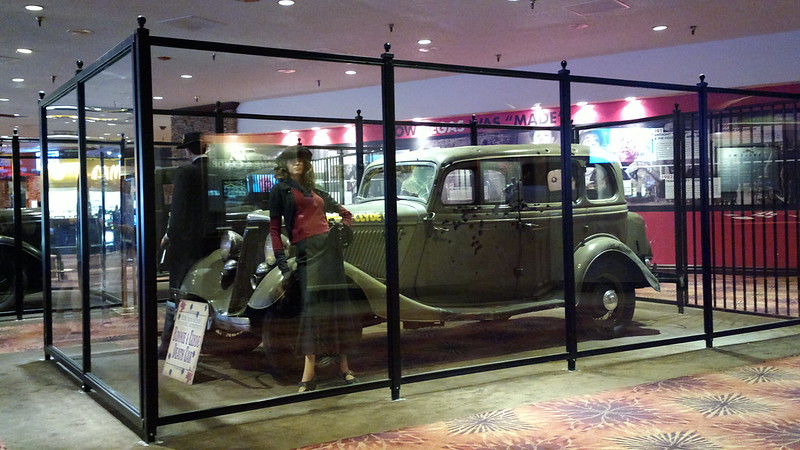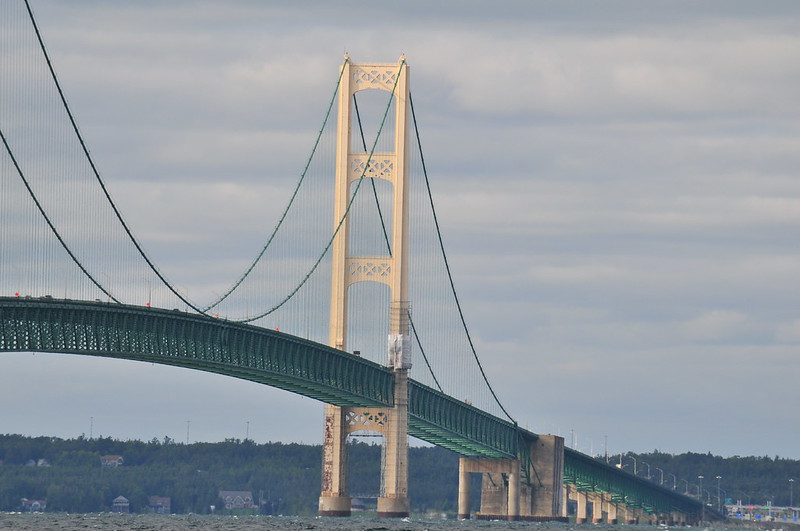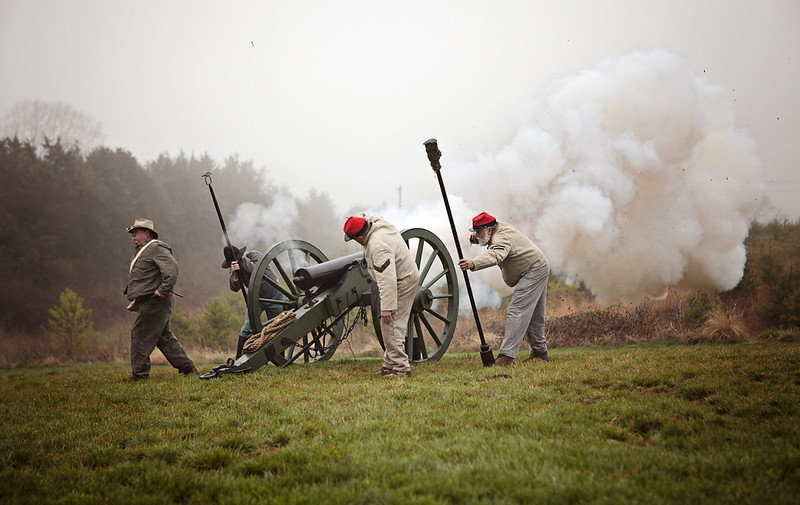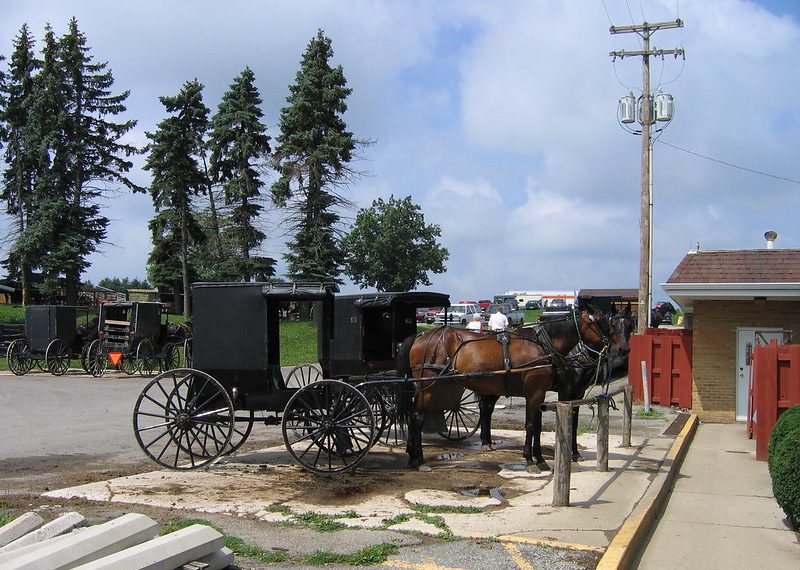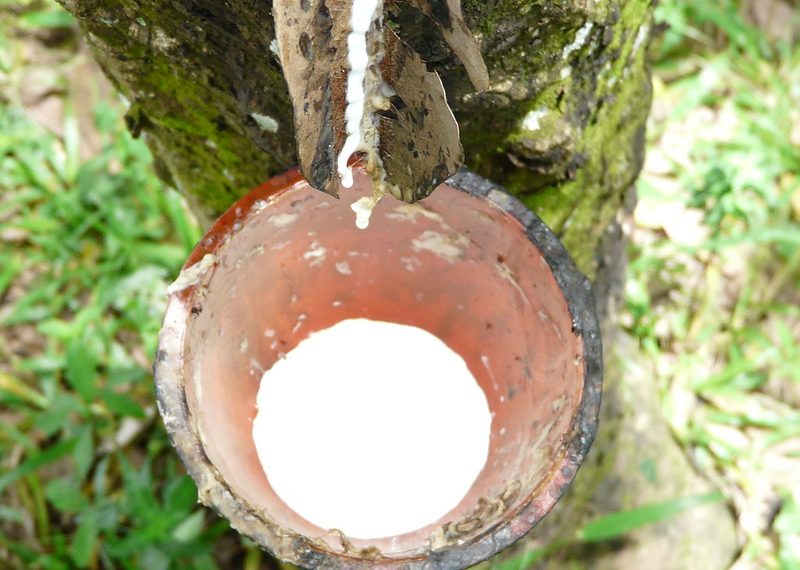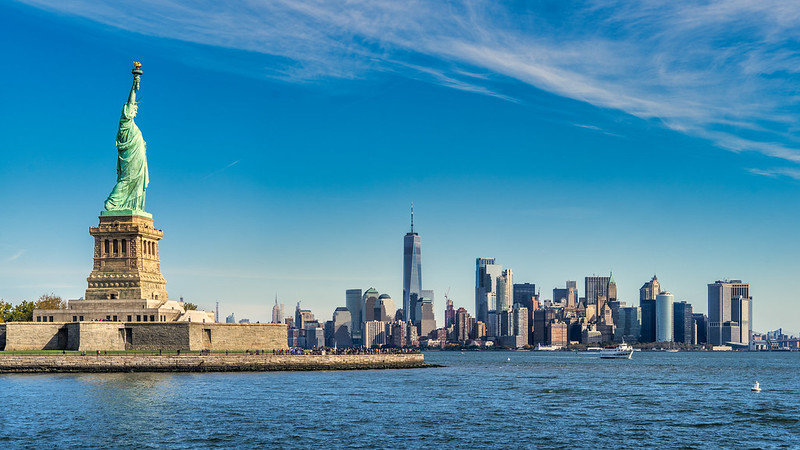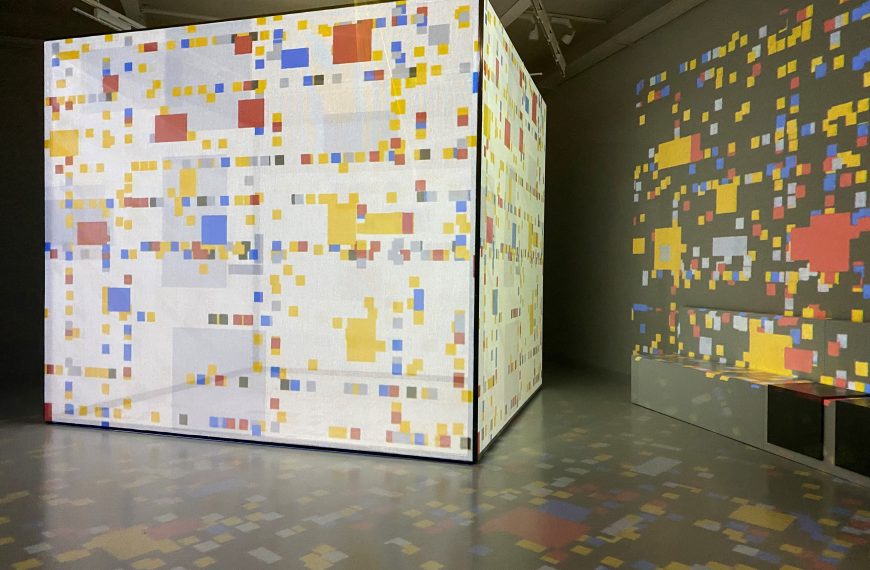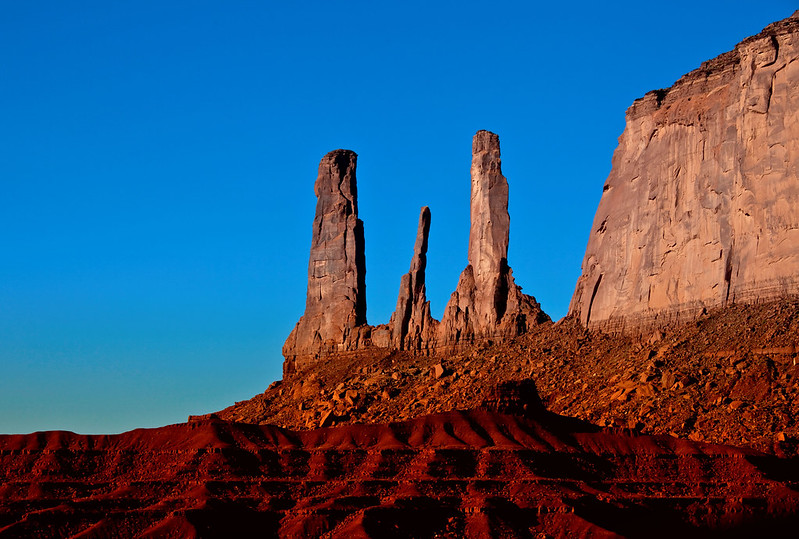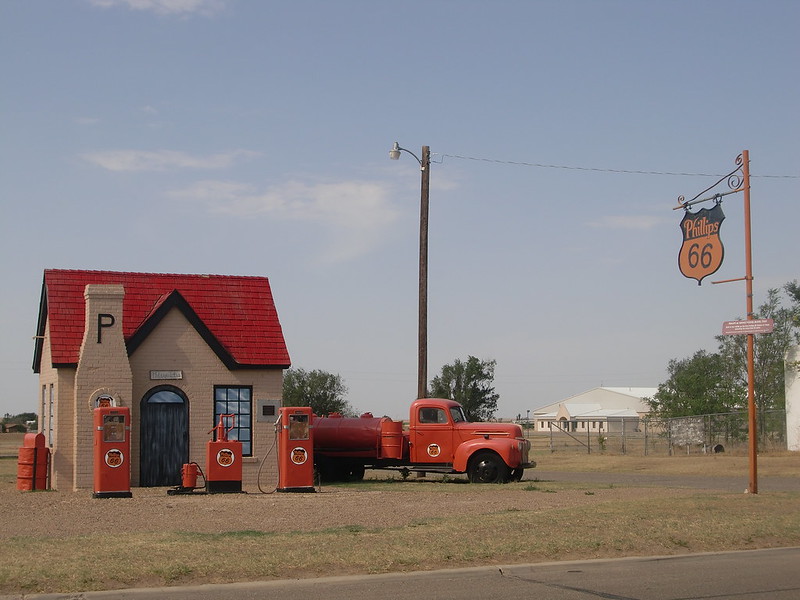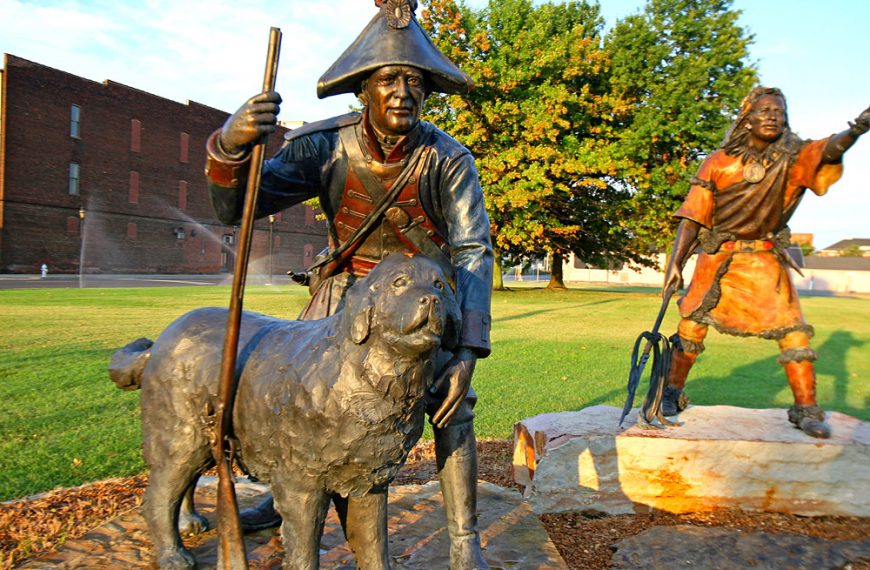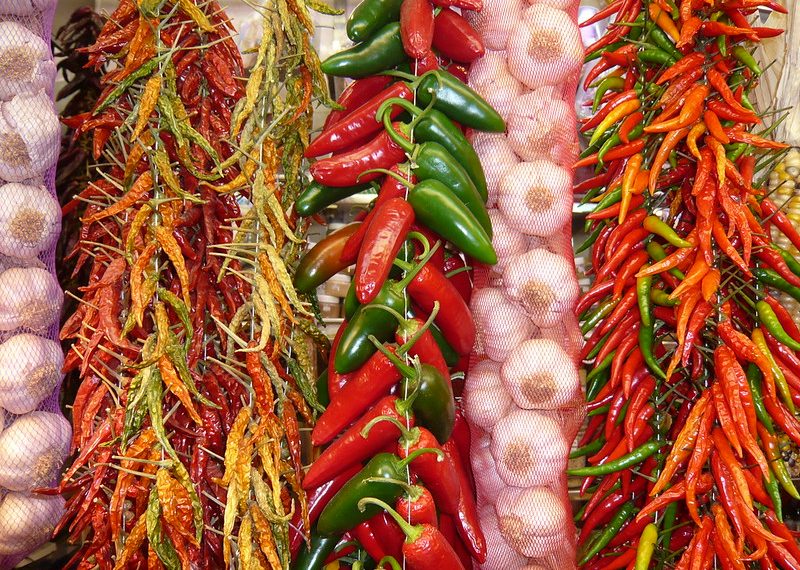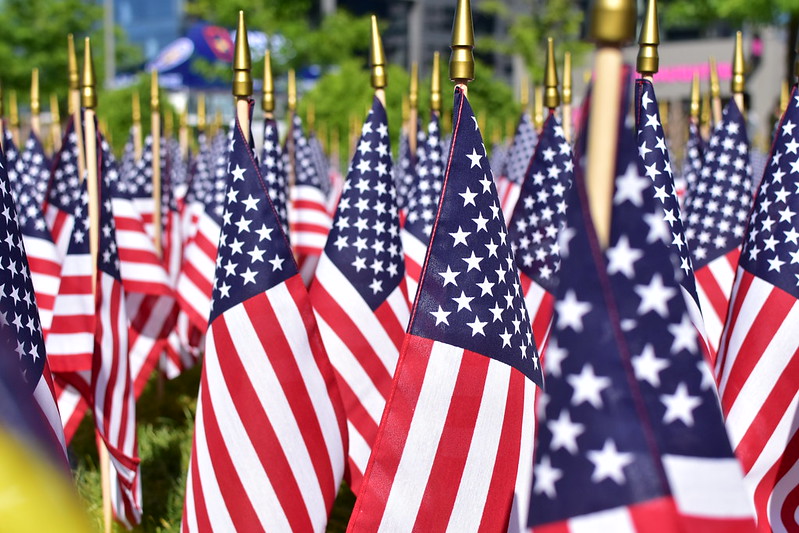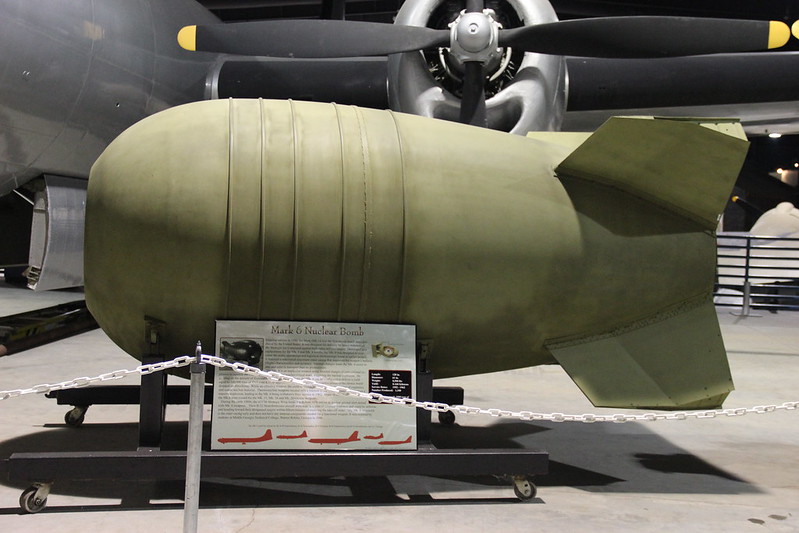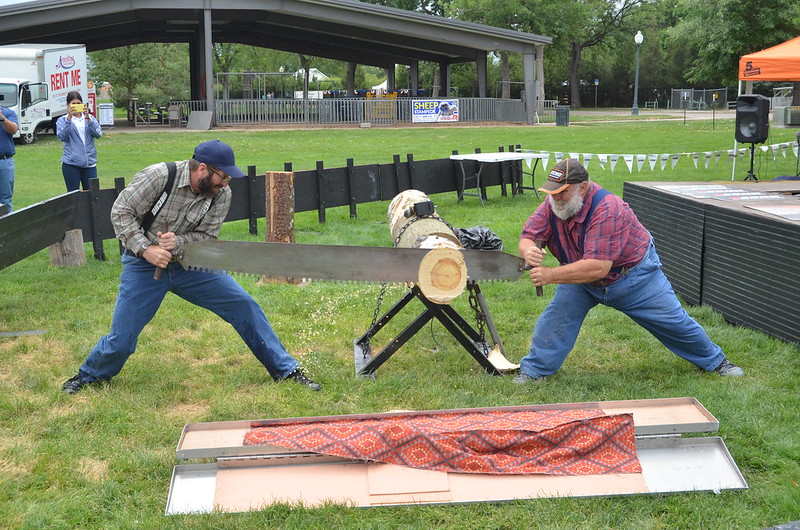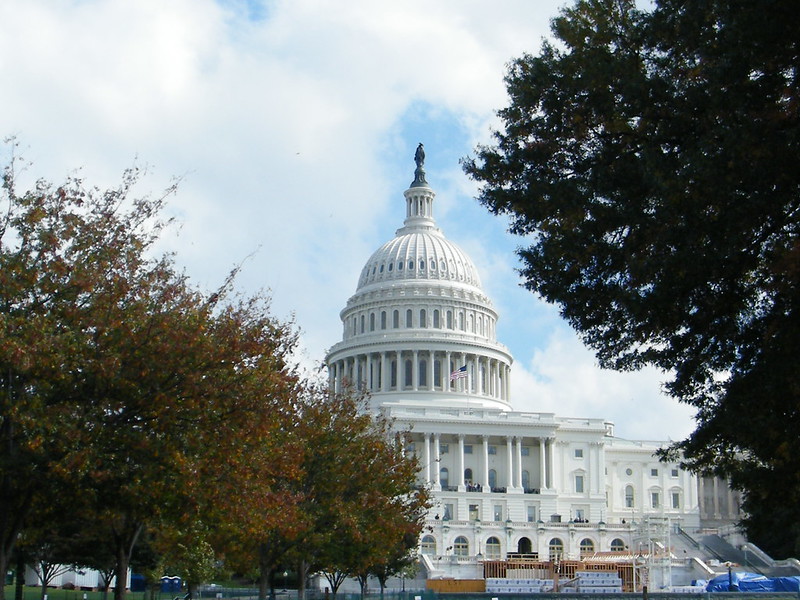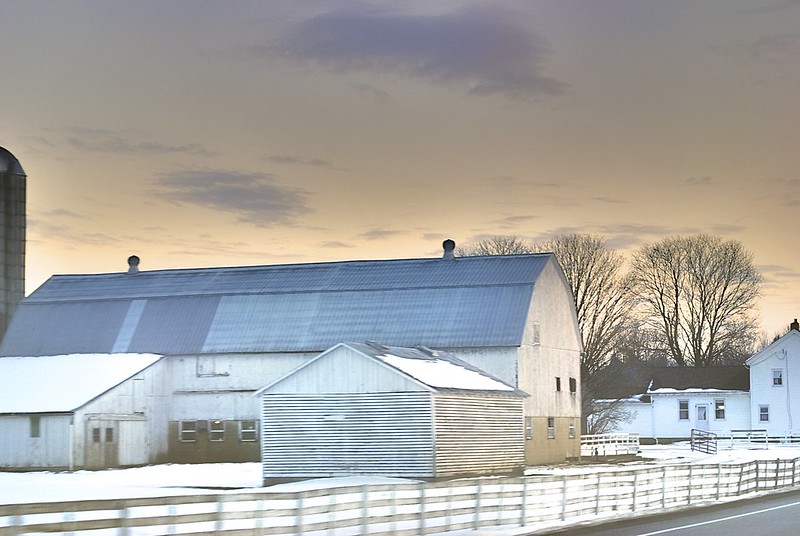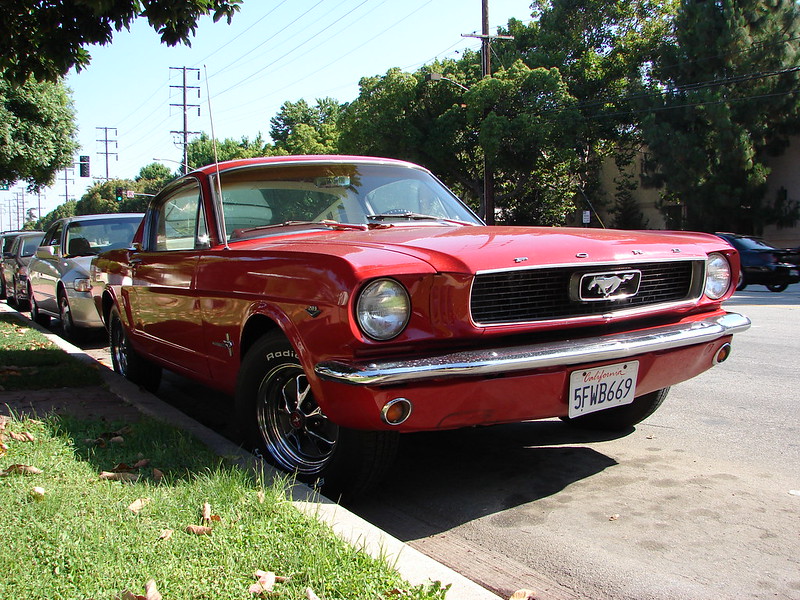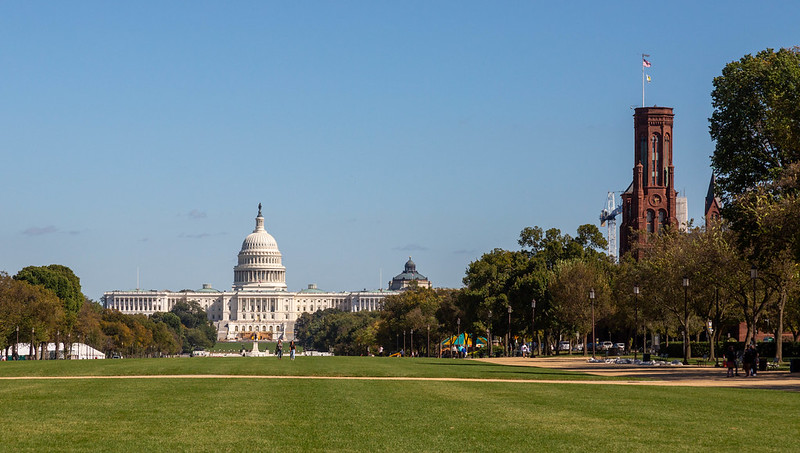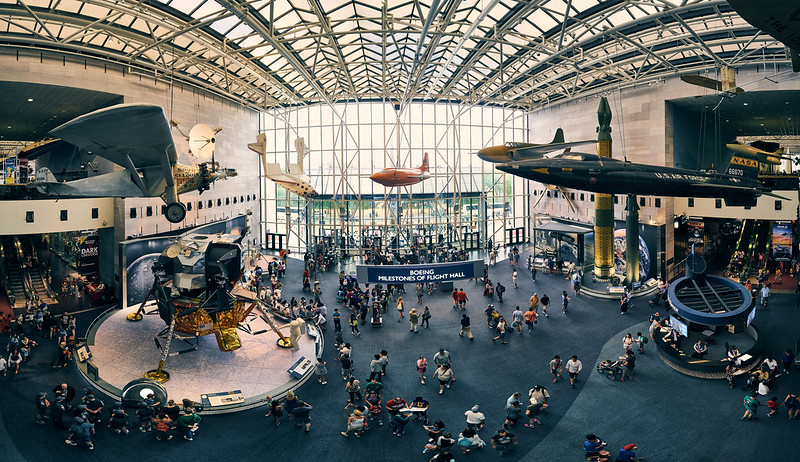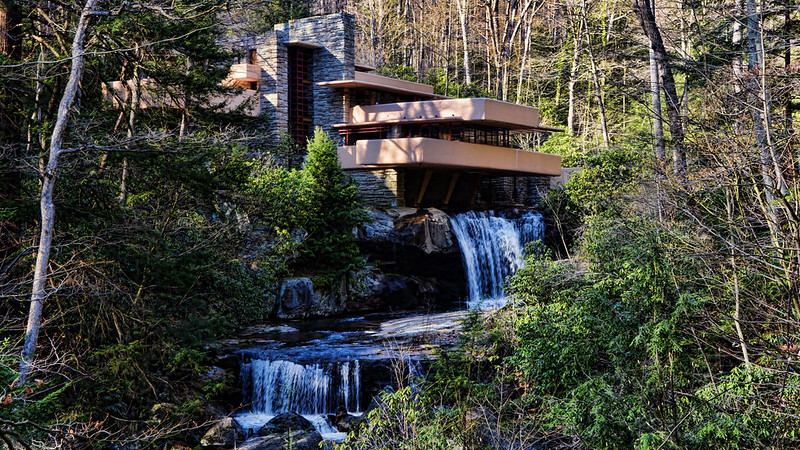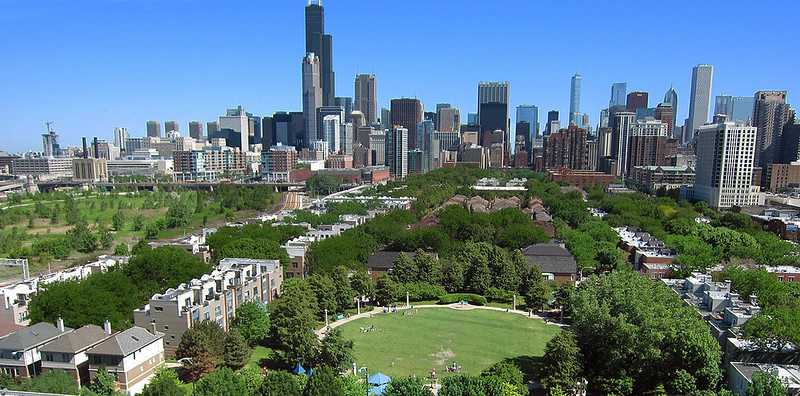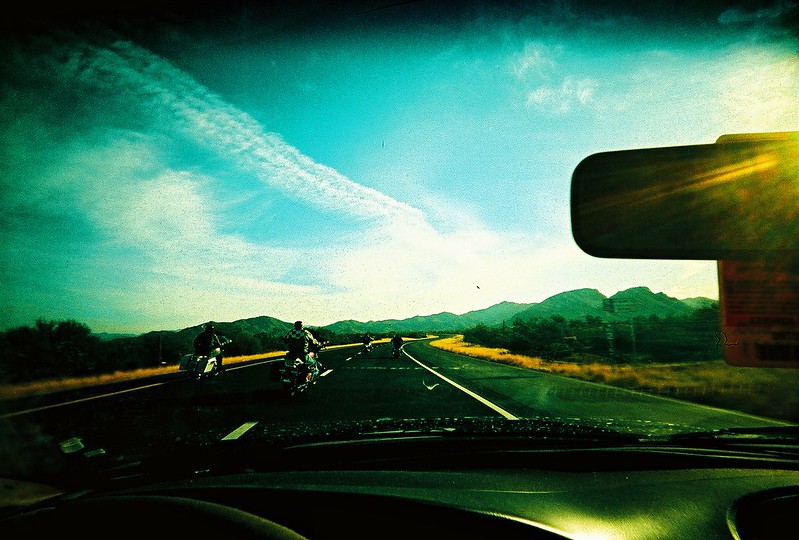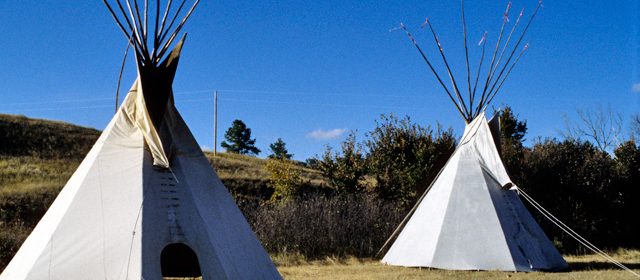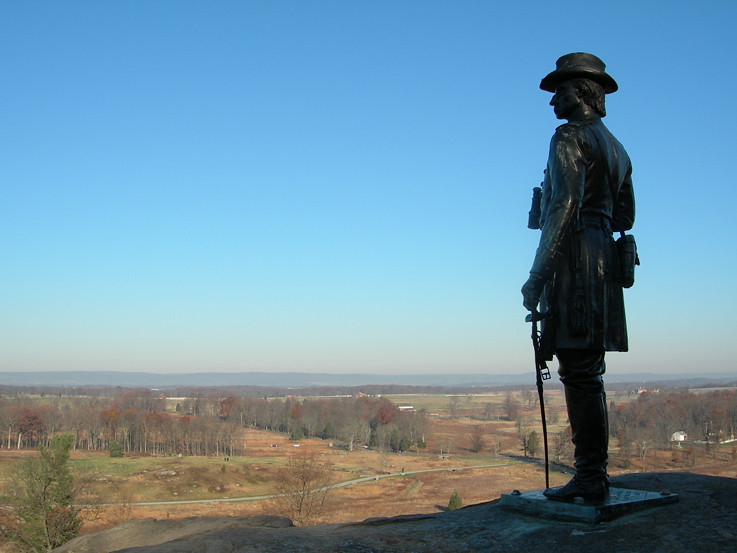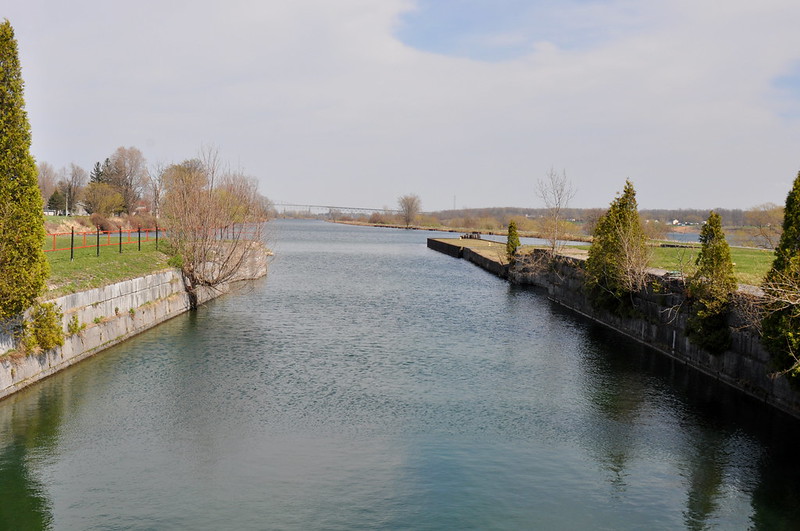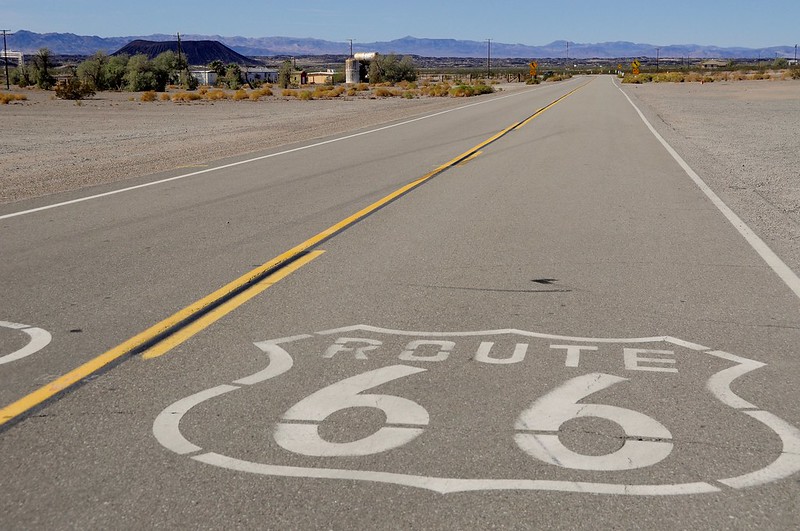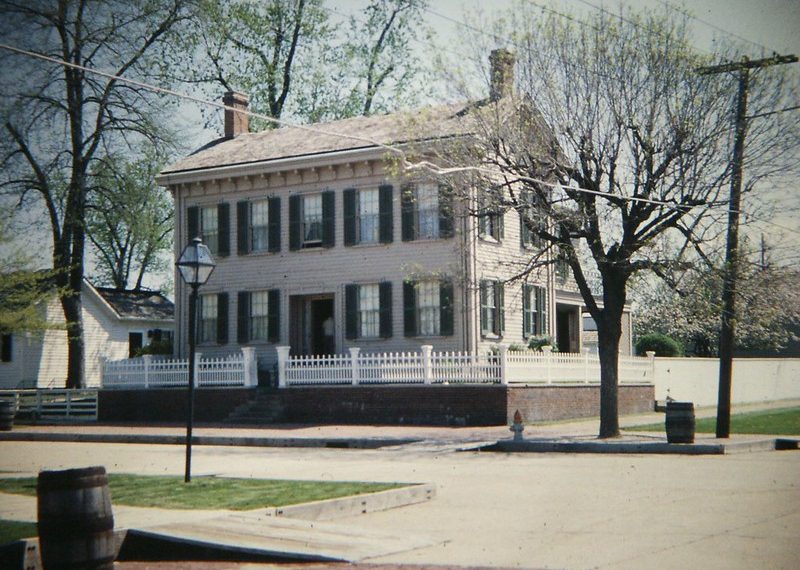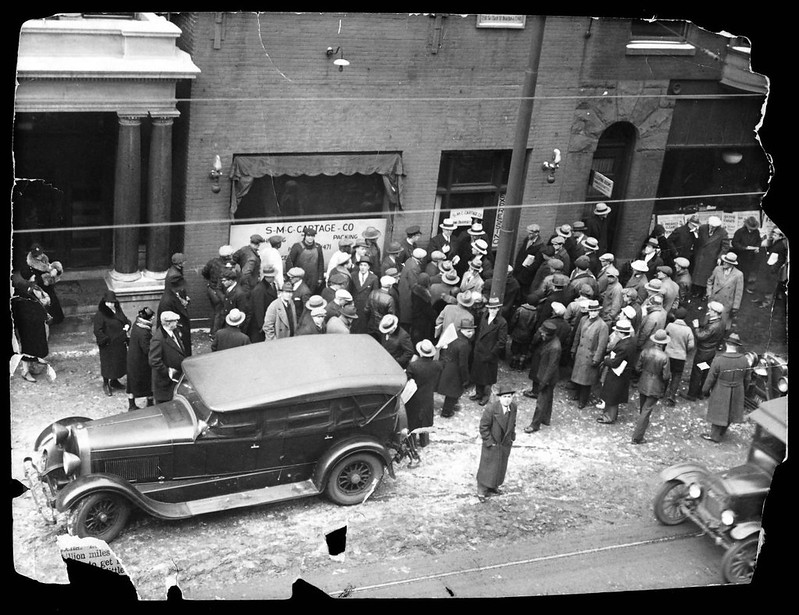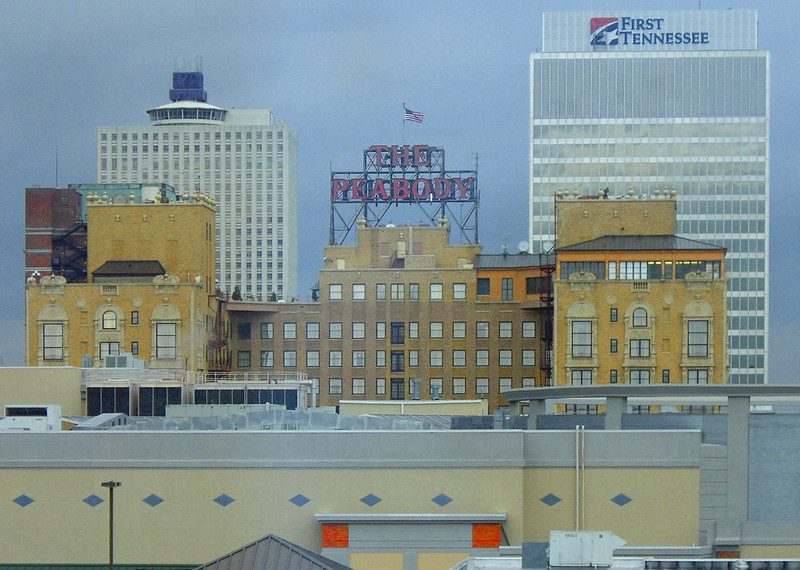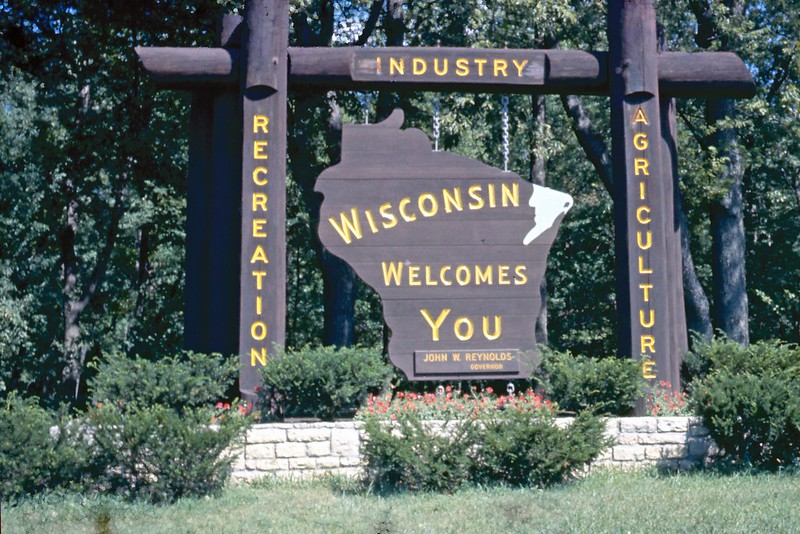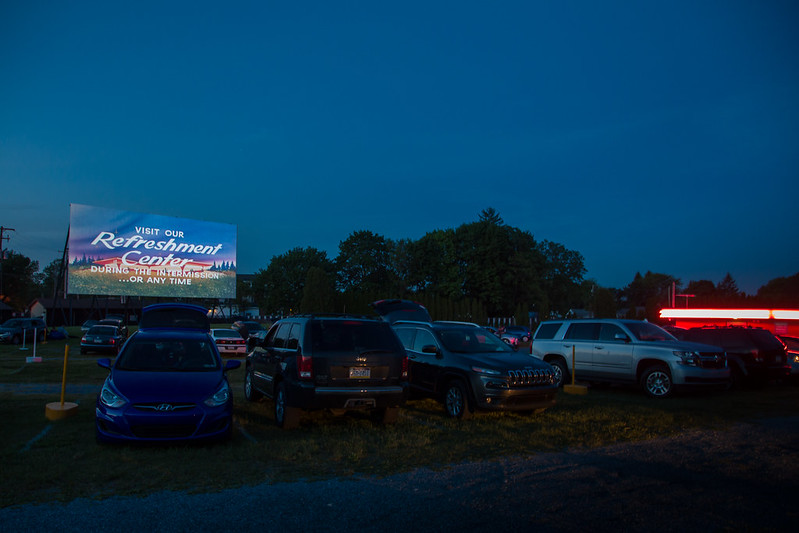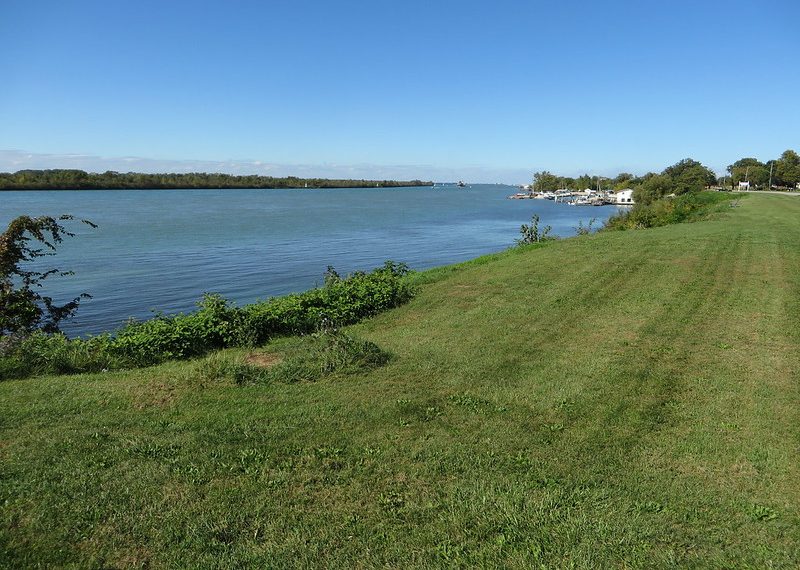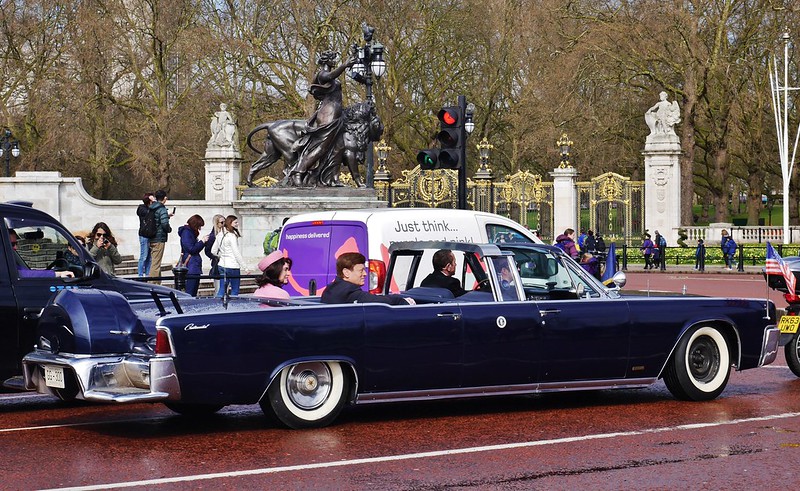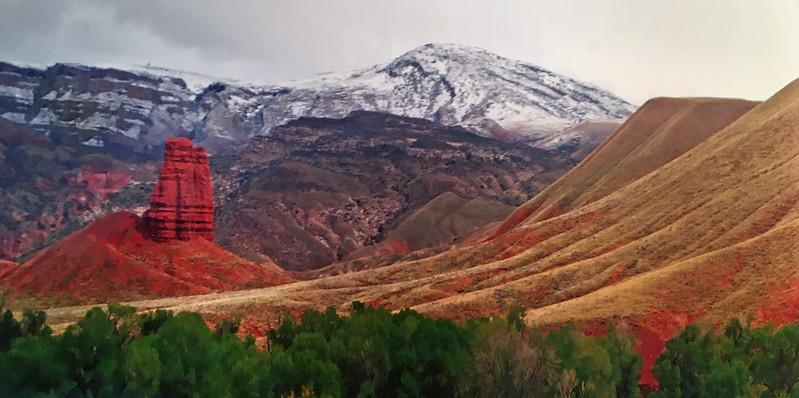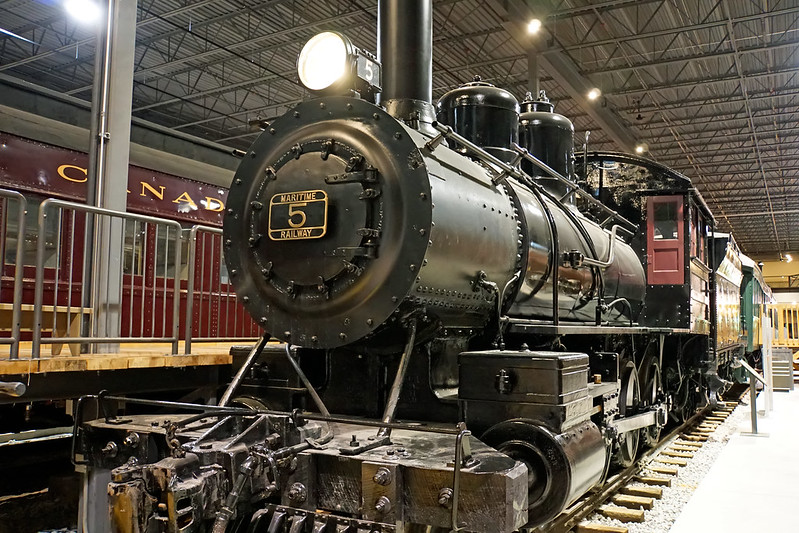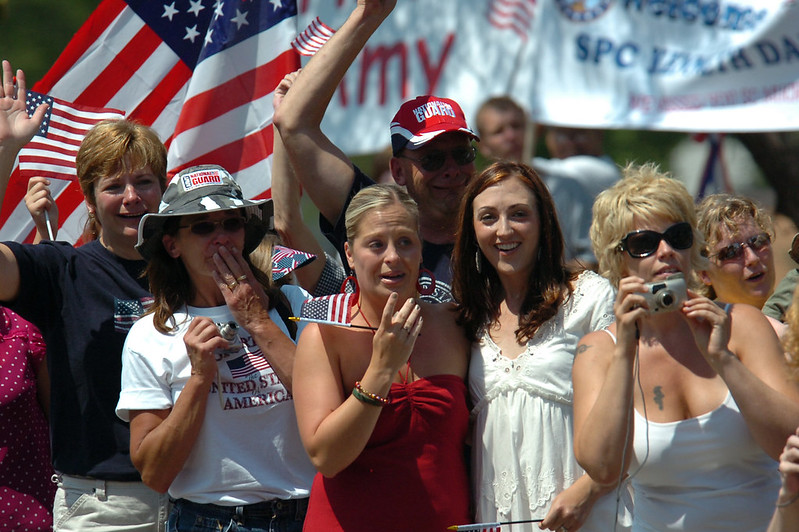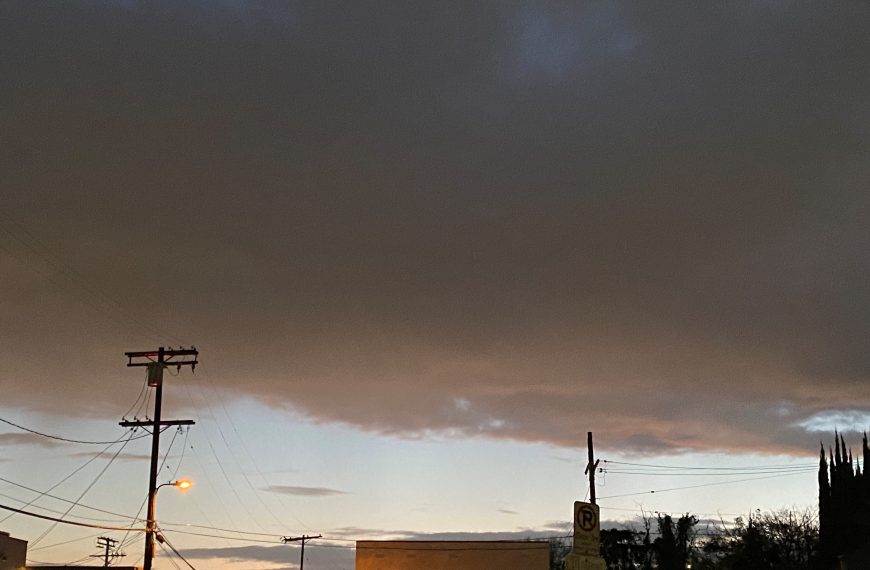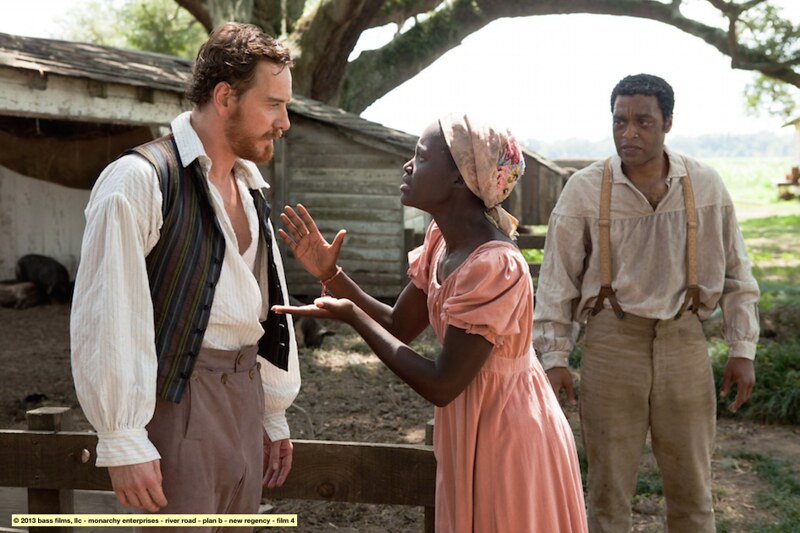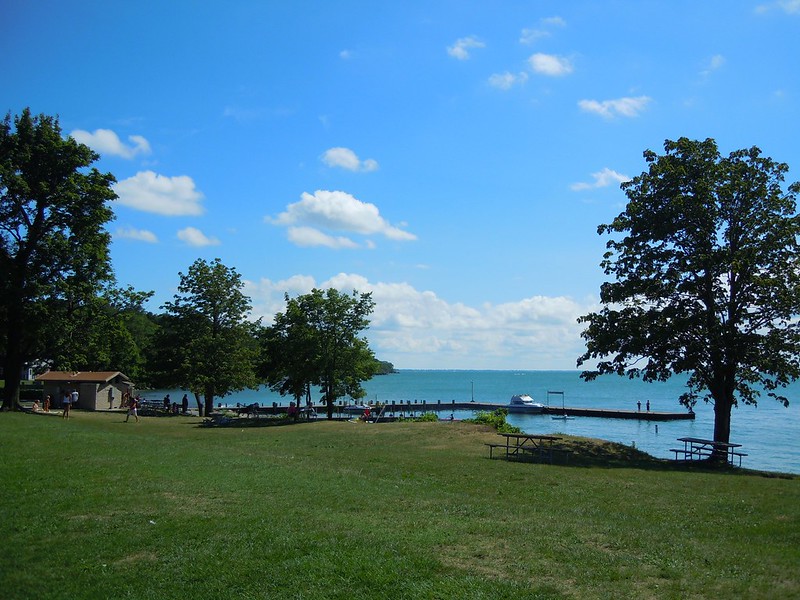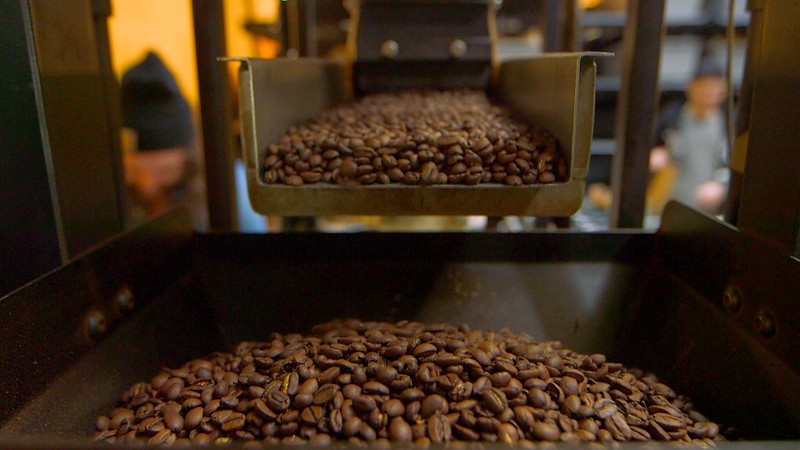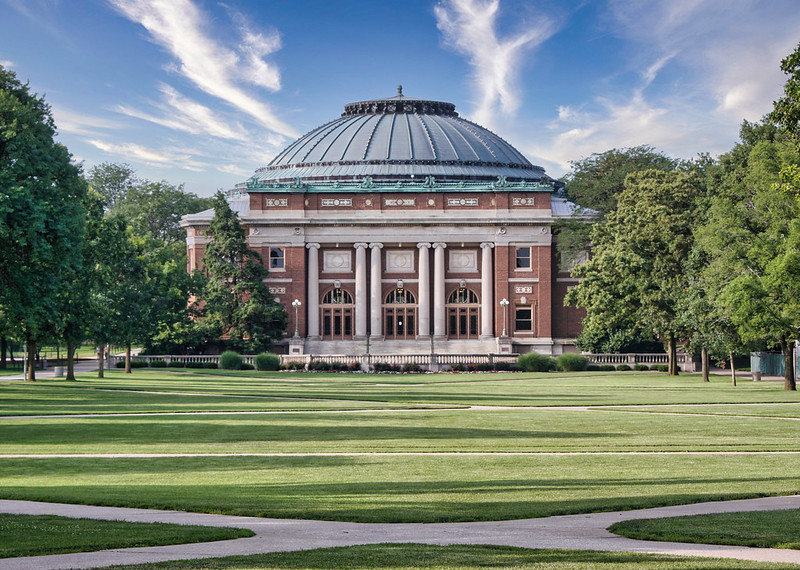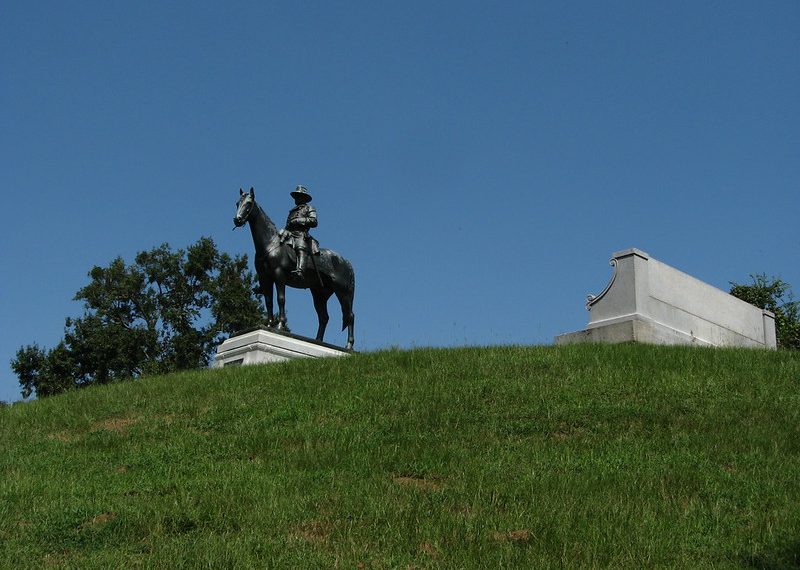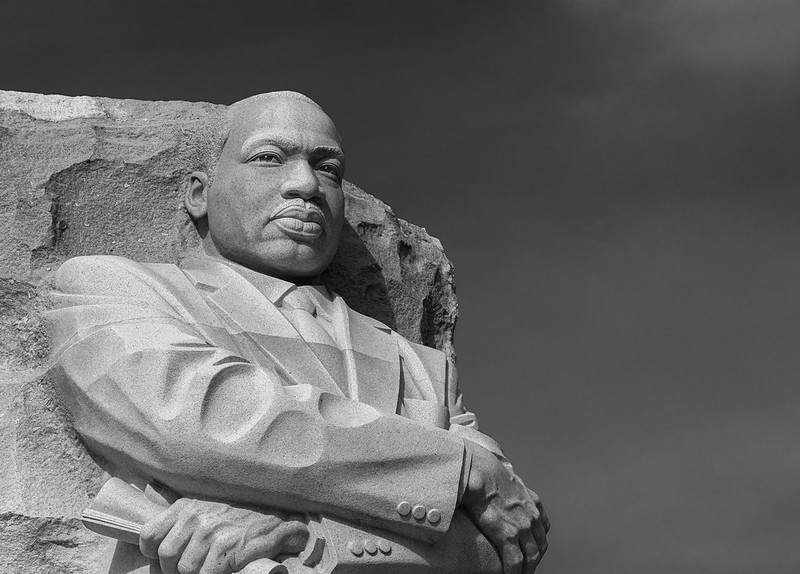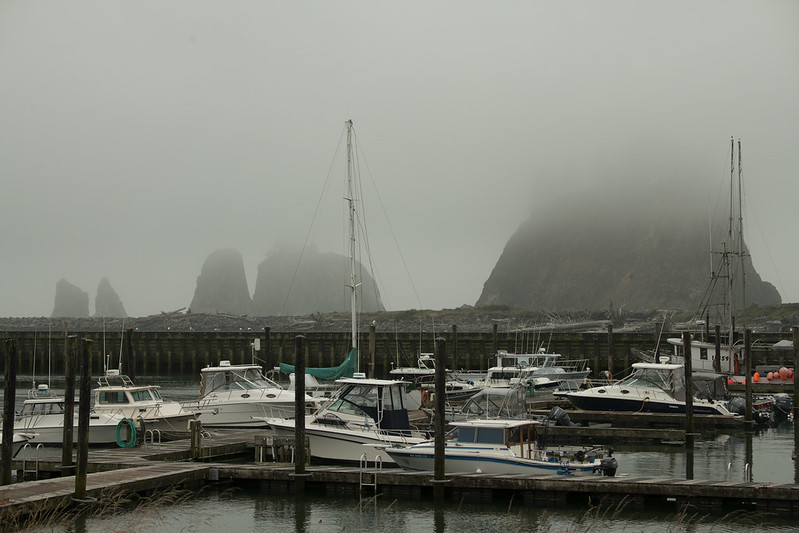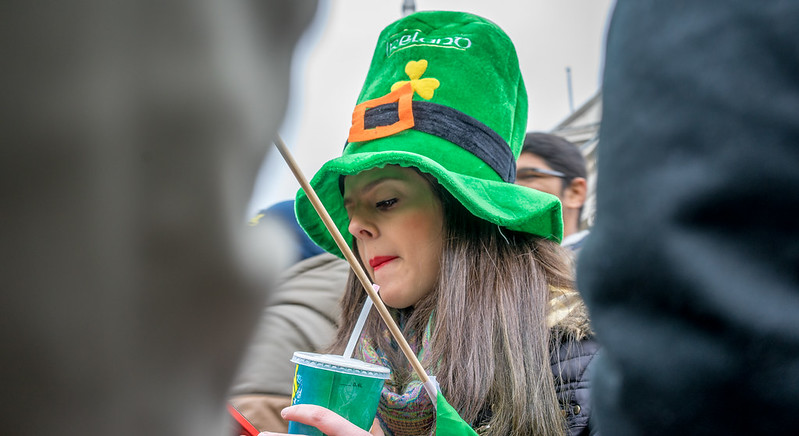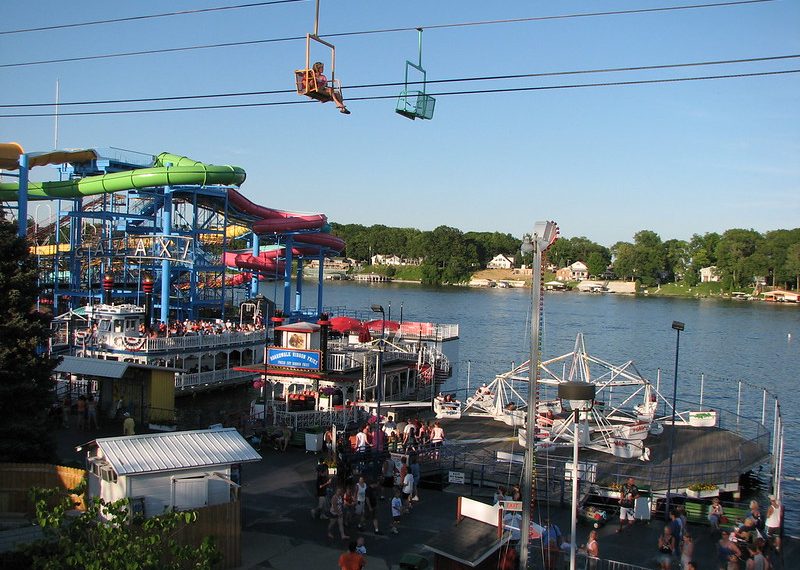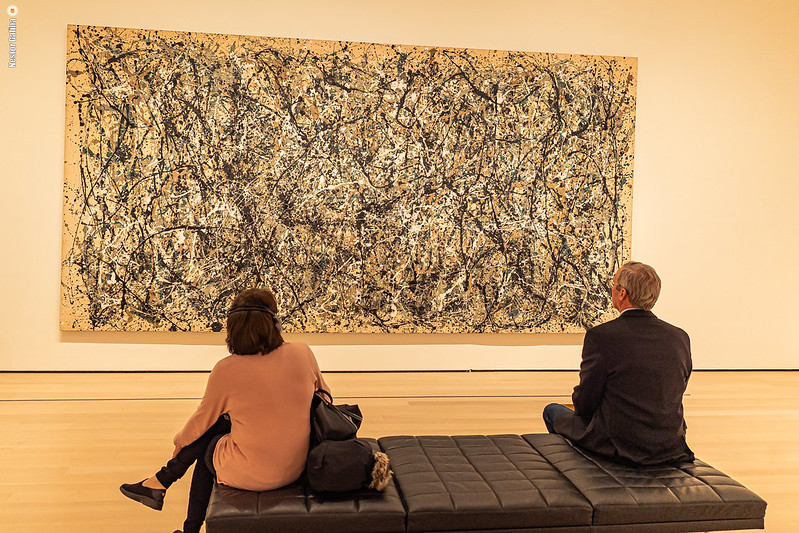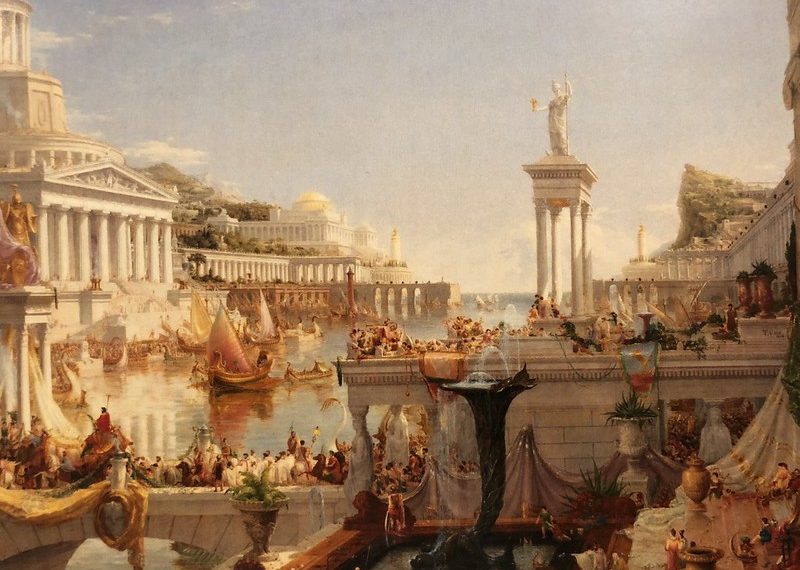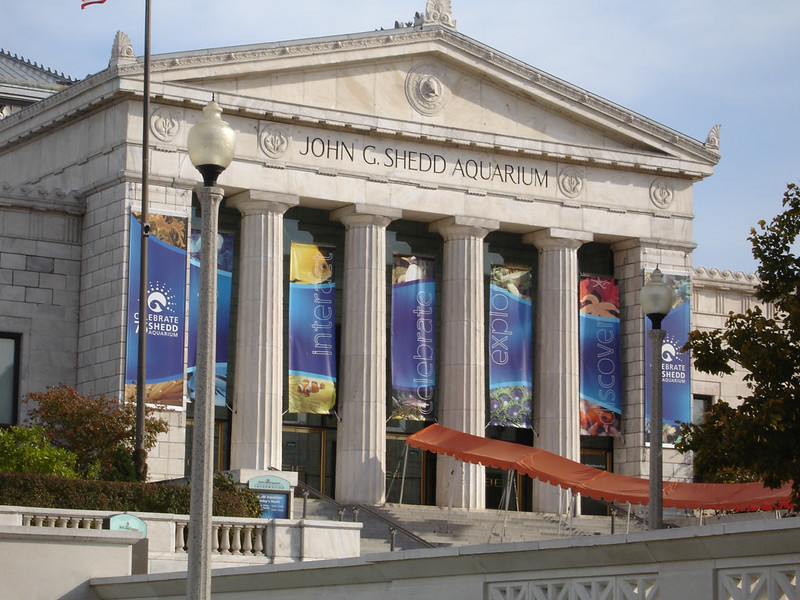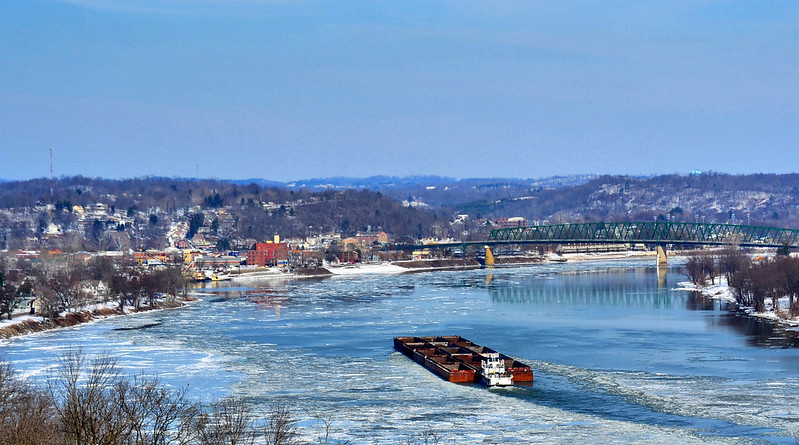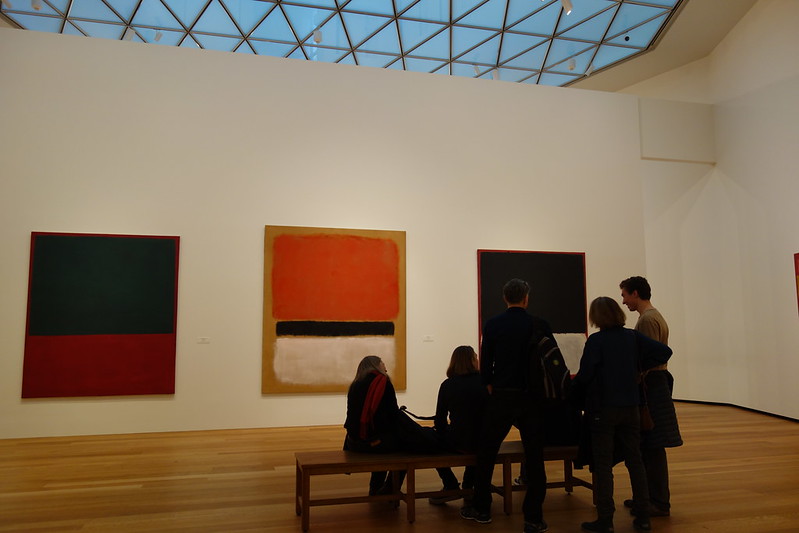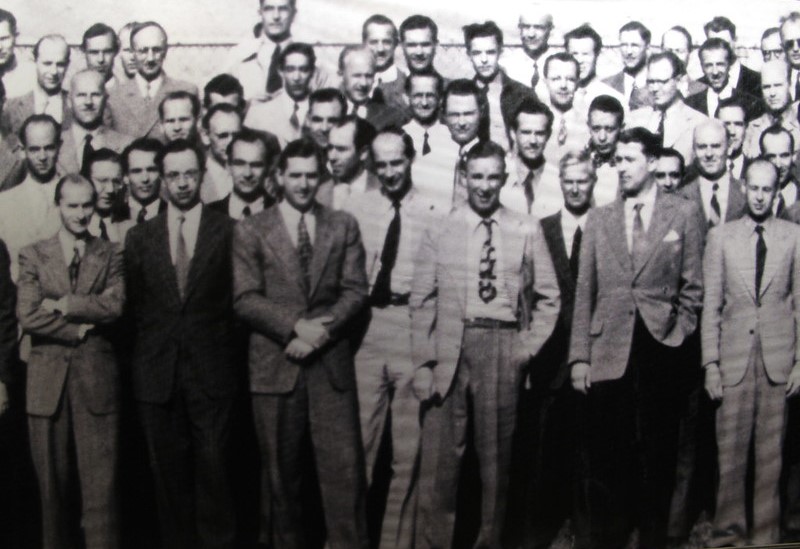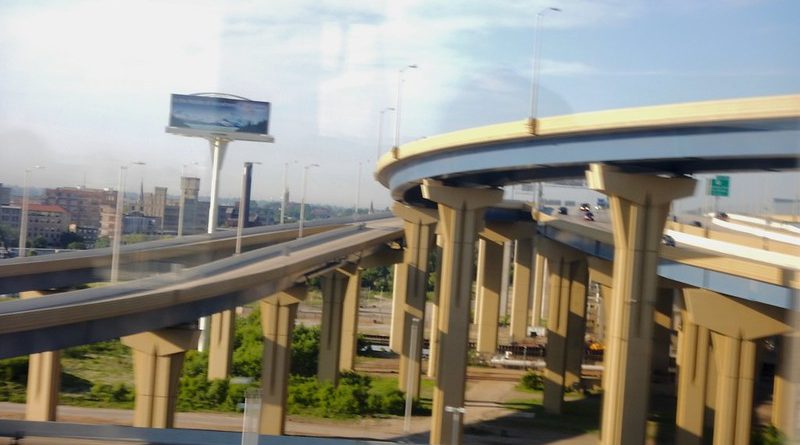
Midwest USA
The American Midwest, known as “America’s Heartland,” is comprised of several states in the northern and middle region of the United States. The Great Lakes, the deepest and largest of which is massive Lake Superior, are partially in this region, sharing some borders with Canada. Culture and lifestyle varies greatly between urban and rural environments and across state borders.
The people of the Midwest are known as being friendly and relaxed. Agriculture, industry, and manufacturing are important in the region, though there are also large expanses of undeveloped wilderness and many lakes and rivers. Much of the country’s soybeans, corn, wheat, and wild rice, are produced in the Midwest states. Some of the nation’s most important historic figures resided in or had strong influence in the Midwest including the famous Abraham Lincoln, whose former residence and burial tomb are located in Springfield, Illinois.
Cities such as Chicago, St. Louis, Kansas City, and Detroit are important music centers for genres such as jazz, Motown, blues, rock and roll, house, and hip hop. Chicago, the largest city in the Midwest, boasts incredible architecture, attractive urban design, some of the country’s first and tallest skyscrapers, and one of the world’s top museums – The Art Institute.
Read More
The Midwest has a diverse population. Many people settled in the Midwest during the American Industrial Revolution in hopes of finding work and prosperity. The region still attracts many immigrants. German-American, Irish-American, Scandinavian-Americans, and many descendants of early settlers from Eastern Europe and elsewhere have formed strong roots in the Midwest. Today there are many Greeks, Italians, Europeans, Chinese, Japanese, Mexican-Americans, African-Americans, and people from the Middle East, Latin America, and almost everywhere in the world. Often these ethnic groups settle in tight-knit communities, which has helped preserve cultural traditions and contributes to an interesting variety of ethnic and fusion cuisines. Agriculture is very important to the Midwest states. A variety of foods are locally grown, both for regional consumption and for the national market. Many people are employed in agriculture, livestock and meat production, business and finance, and other industries. There are also some major universities in the region which draw students from across the US. Midwesterners tend to be warm and welcoming. Major cities revolve at a rapid pace as in other big cities across the country, though in rural areas time moves at a much slower pace. A large amount of America’s grains are produced in the Midwest on large farms. Corn, wheat, soybeans, and wild rice are all produced in the Midwest. Many fruits and vegetables are also grown in the region including apples, berries, cherries, peaches, grapes, and more. Wisconsin is best known for its production of dairy products, most notably its excellent cheese, though cheese and dairy is also important to many of the surrounding states. Many specialties and popular foods have notable influences from immigrant cultures including German, Irish, Scandinavian, Polish, Greek, Middle Eastern, Chinese, Italian, and Eastern European influences, to name a few. There are also Native American influences in some dishes. Large cities such as Chicago offer an exciting abundance of international dining options, alluding to modern globally inspired restaurant trends as well as the many immigrant groups that continue to shape regional cuisine. Chicago is particularly famous for its deep-dish Chicago style pizza. Chicago is an excellent place to sample some of the country’s best and most authentic international cuisines as well as fusion American flavors. Cuisine varies among different states, between cities, and in districts within cities. Some places have great Polish food, some regions are known for their bratwurst and German inspired specialties, some towns for their Swedish pancakes, others for their All-American barbeque and burgers, and so on. Kansas City, in Missouri, is world famous for its barbeque. There are many fast food chains and diners in the area and eating out can be a heavy affair. Burgers, fried foods, thickly stacked Reuben sandwiches, barbequed beef or pork, chili, hot dogs, bratwurst, and pizza are a few common menu items. Home cooked food varies, though casseroles are popular, and foods often include regional or seasonal ingredients. Home baked pies with fresh fruit such as cherries, berries, and apple are excellent, and make up just some of the delicious homemade desserts that are prepared. There are also many wineries and breweries in the Midwest. US Dollar ($) English Temperatures can be very cold in the winter and very hot in the summer in some places. Travelers visiting during the winter should be prepared for very cold conditions, some snow, and if driving, should be adequately prepared for potentially difficult road conditions. Spring and summer are pleasant times to visit the Midwest. Tornados are a possibility though typically warning is given if a tornado seems imminent. Dress varies between states and between urban and rural environments. Generally dress is casual, though many people in the cities may dress up more formally, as cities such as Chicago are important business and financial hubs. There are also many cultural events, restaurants, shows, concerts, and occasions for dressing up in the main cities, though for everyday attire casual clothing is acceptable. In rural areas dress is typically informal, though this depends on personal preference and sometimes varies by region. Recreation is popular in the Great Lakes area, and in much of the forested or otherwise undeveloped nature areas. Minnesota is known as the “Land of 10,000 lakes,” Michigan as the “Great Lakes state,” and Missouri aligns with the motto “Where the Rivers Run”; slogans which speak to the importance of nature and recreation in the area. Travelers who plan to venture outside of the large metropolises of the area and intend to spend some time in the beautiful nature of the Midwest should bring comfortable clothing suitable for hiking, swimming, walking, boating, etc., and skiing in the winter. A heavy jacket, multiple layers, and good sturdy boots may be necessary during winter months. There are several international airports in the region including those in Chicago, Detroit, Minneapolis-St. Paul, and Milwaukee. It is easy to traverse the region by car. Buses also operated in the region, and Amtrak offers some rail routes, mostly connecting between large and medium size cities. Many train routes begin from or pass through Chicago. It is possible to travel by boat or cruise at some points along some of the major rivers (Mississippi River, Ohio River, Missouri River), and on the Great Lakes. Lake Superior and the other Great Lakes are renowned for their sometimes rough seas and very cold temperatures. While there are plenty of exciting things to do around the Great Lakes, travelers should be careful to avoid hypothermia, should check weather conditions prior to setting out for a swim, kayak, or boat trip, and should work with a local guide if inexperienced. Contrastingly, in the heat of the summer travelers should protect themselves from the sun and stay well hydrated to avoid heat exhaustion. Lyme disease is endemic in some areas of the Midwest states. Hikers should heed warning signs in recreation areas, and should mitigate the risk of being bitten by an infected tick by covering their extremities when hiking in Lyme endemic areas and should check for ticks after a hike. Travelers should exercise some caution when traveling in urban areas and big cities and should avoid certain neighborhoods where crime is prevalent. In some areas it may not be recommended to walk alone, or at all, at night. Some beaches along the Great Lakes may be closed for swimming if necessary due to weather conditions, strong rip currents, or high levels of bacteria. Visitors should heed all warnings and be sure it is safe to swim before entering the water. Most citizens of the UK, Canada, Australia, and many European countries can visit the US without a visa if staying for no more than 90 days and if visiting as a tourist. Entry regulations can change without notice, so it is best to check up to date policies before travel. All visitors are required to present a valid passport upon entry into the country. 1. Millennium Park, Chicago 2. The Great Lakes 3. Lincoln Home (Springfield, Illinois) 4. Rock And Roll Hall of Fame (Cleveland, Ohio) 5. Art Institute of Chicago (Chicago, Illinois) 1. Check out the Henry Ford Museum (Detroit, Michigan) 2. Go rafting or tubing along one of many rivers such as the Wisconsin River (Wisconsin Dells, Wisconsin) 3. Check out Chicago’s vibrant music scene 4. Kayak among the Apostle Islands on Lake Superior (Wisconsin) 5. Visit Ohio’s Amish Country (Berlin, Ohio)People
Food
Currency
Language
When To Go
Dress
Travel
Health
Visa
Top 5 Sites
Top 5 Things To Do

